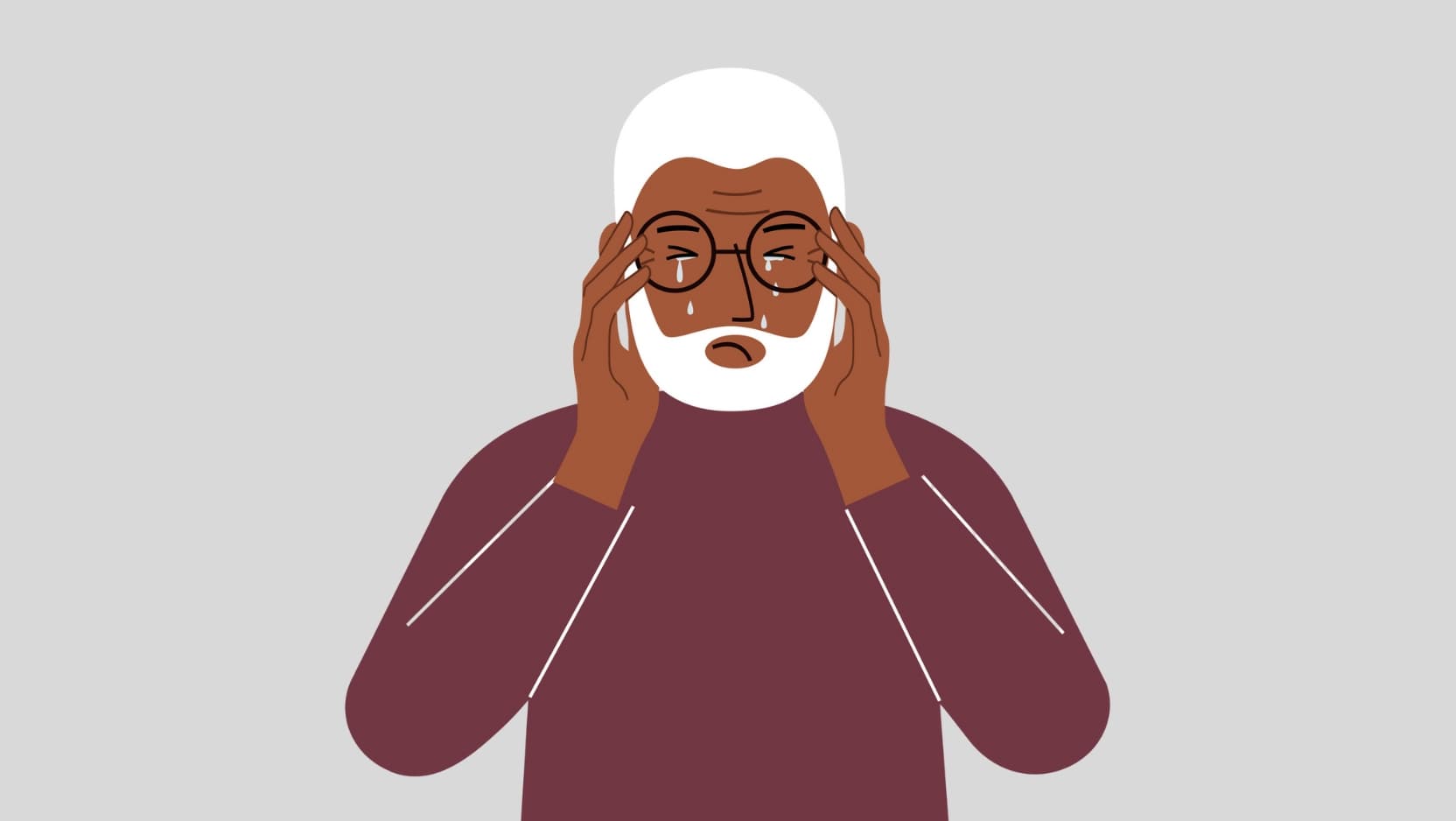Are firearm suicides in older men being overlooked?

While much of the national conversation on suicide focuses on teens and young adults, new research highlights a quieter, yet deadlier, trend: suicide rates among older men are not only persistently high, but rising most sharply in states with permissive firearm laws.
A recent study by researchers at the University of Chicago found that suicide rates among men — especially older men — are significantly higher in states with loose firearm regulations, with policy impacts strongest for younger men but elevated risks persisting into late adulthood.
“We’ve known that men are at higher risk for suicide than women, but what’s shocking is how dramatically that risk escalates with age,” said first author Nathaniel Glasser, MD, a primary care physician at UChicago Medicine. “After 65, the suicide rate curve for men just shoots upward — it’s almost vertical.”
The study used CDC mortality data from 2018–2022 to analyze over 239,000 suicide deaths across the United States. They analyzed how suicide rates differed by sex, age, and state firearm policy, using the Giffords Law Center’s grading system to categorize states as having either “strict” or “permissive” laws. They found that men consistently died by suicide at higher rates than women, but these differences were especially pronounced in states with looser gun policies — and especially after age 65.
Deadly convergence of policy and life course trends
In states with permissive firearm laws, the gap in suicide rates between men and women grew wider, especially for firearm-related deaths.
“What surprised me most,” said senior author Elizabeth Tung, MD, “was that this policy effect was stronger in younger adults, but seemed to weaken for older adults — even as their suicide rates continued to climb.”
Tung noted that this suggests current gun safety policies may have limited reach for older populations.
“We often expect that policies are most effective where risk is highest,” she said. “But in this case, older men are at the greatest risk, and yet the policies seem to be having the least impact.”
In fact, across both strict and permissive policy environments, suicide rates for men over 65 rose dramatically.
“It’s a risk that gets hidden,” said Glasser. “Because older men also die from other causes at higher rates — heart disease, cancer, you name it — suicide doesn't show up in the top ten causes of death for this group. But the rate per 100,000 is astonishing.”
Why are older men so vulnerable?
The researchers emphasized that these trends are more than a matter of policy — they point to deeper social and cultural dynamics.
“One likely factor is social isolation,” said co-author Harold Pollack, PhD, the Helen Ross Distinguished Service Professor at UChicago. “After retirement, many men lose key sources of identity, community, and purpose.”
Glasser agreed, adding that the clinical system is ill-equipped to catch the warning signs.
“In primary care, we focus on blood pressure, cancer screenings, cholesterol. But we rarely have the time — or training — to ask older men about their emotional well-being,” he said. “If someone’s retired, living alone, and has firearms at home, that’s a high-risk profile. But we don’t screen for that.”
The study also raises difficult questions about how masculinity itself may factor into suicide risk.
“There’s growing evidence that men are less likely to seek help, especially for mental health,” Pollack said. “They may not tell anyone they’re struggling. Their medical records often show no prior diagnosis or treatment, even if they’ve been suffering for a long time.”
Some researchers speculate that older men may perceive themselves as burdens or believe they’ve outlived their usefulness.
“There’s this idea of ‘I’m done,’” said Glasser. “It’s not always clinical depression. Sometimes it’s existential. And those are the hardest cases to detect and treat.”
A call for compassionate, informed interventions
The findings underscore the need for more nuanced and targeted suicide prevention strategies — ones that consider age, sex, and social context. While gun safety policies clearly play a role, the researchers argue that clinical and community-based interventions are equally vital.
“This paper isn’t saying that we shouldn’t care about young men’s mental health,” Pollack said. “But it adds an important layer to that conversation: we also need to focus on older men, who are often overlooked.”
Possible interventions include clinician training to ask older male patients about social connections and purpose, public health campaigns targeting aging men, and programs that foster community, such as senior centers, religious institutions, or volunteer opportunities.
“There’s so much more we need to understand,” Tung said. “But one thing is clear: this is not just a data story. It’s a human one. And we need to start treating it that way.”
“Sex Differences in Life Course Suicide Rates by State Firearm Policy Environment” was published in the American Journal of Preventative Medicine in June 2025. Authors include Nathaniel Glasser, Jacob Jameson, Nabil Abou Baker, Harold Pollack, and Elizabeth Tung.

Nathaniel Glasser, MD
Nathaniel Glasser, MD, specializes in internal medicine and pediatrics. His research interests include uncovering and alleviating the health impact of social issues and disparities.
Learn More About Dr. Glasser
Elizabeth Tung, MD, MS
Elizabeth Tung, MD, MS is a researcher and practicing internist in the Section of General Internal Medicine. Her research focuses on disparities in chronic disease management, with a special interest in race, place, and poverty.
See Dr. Tung's physician profile